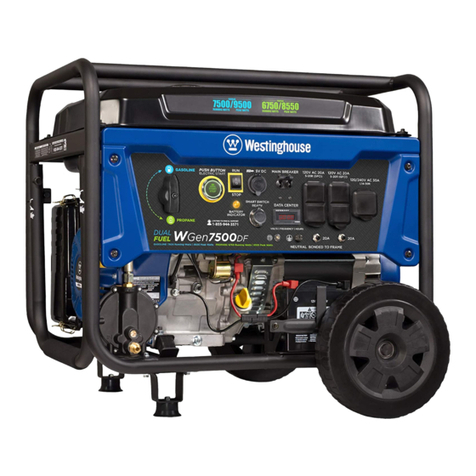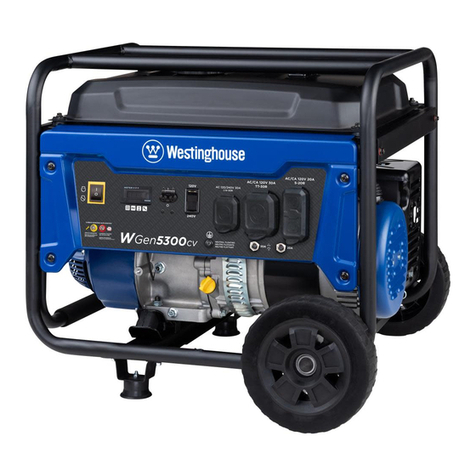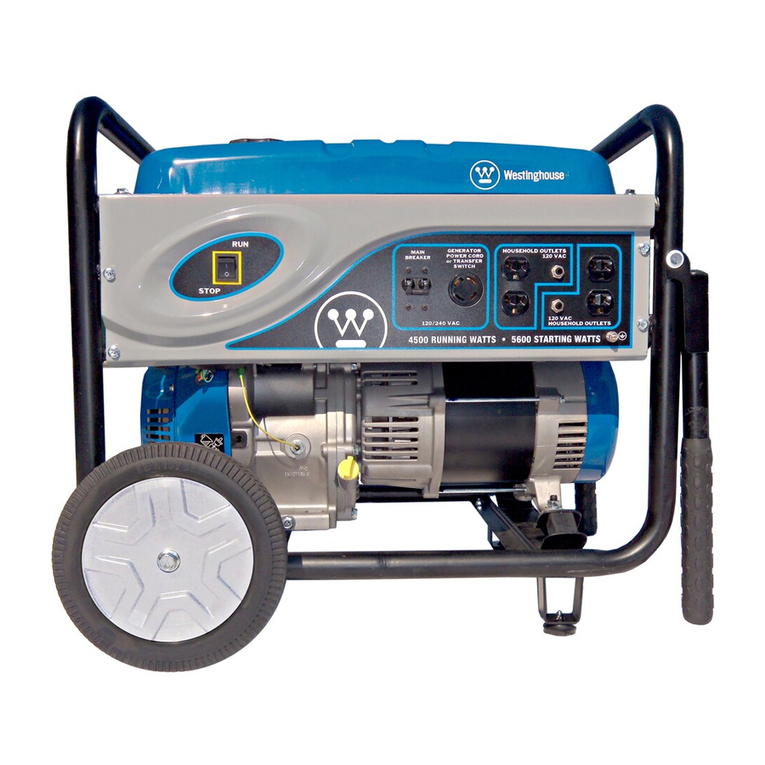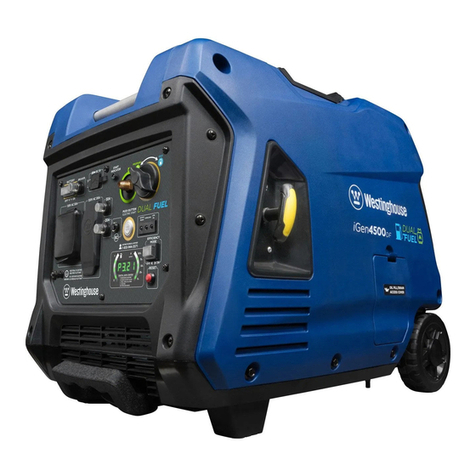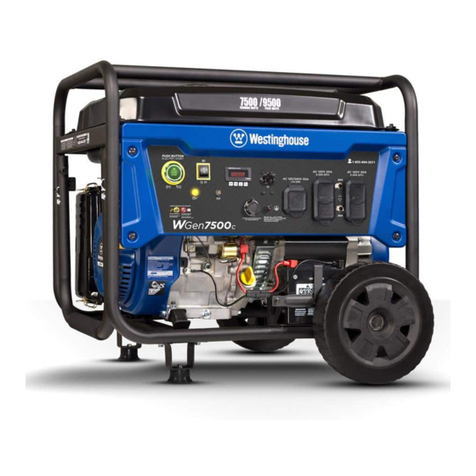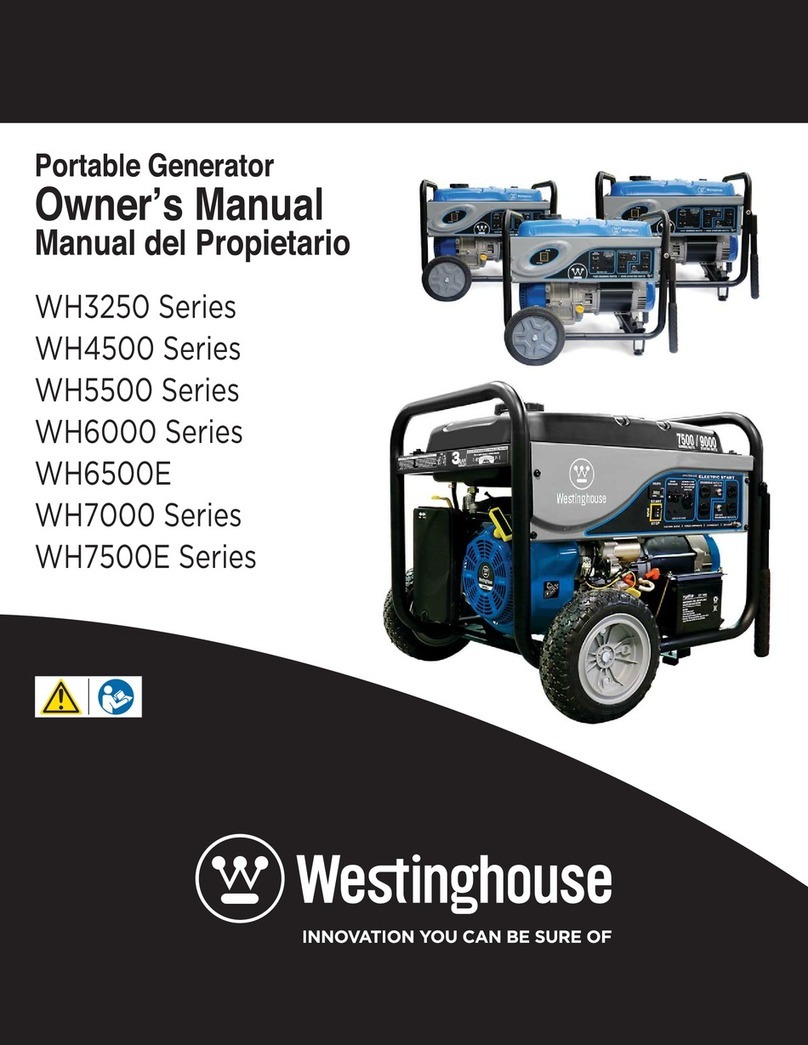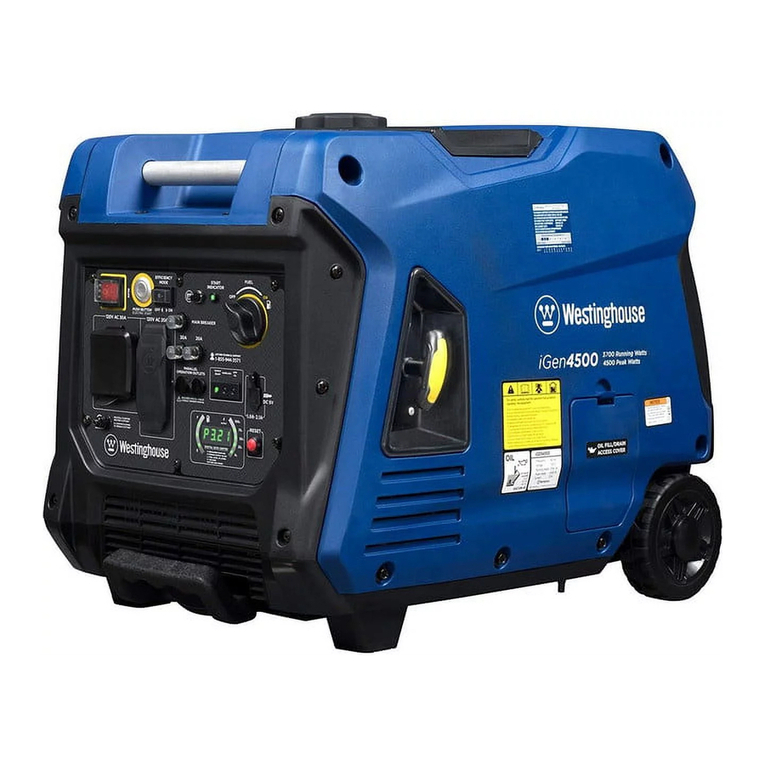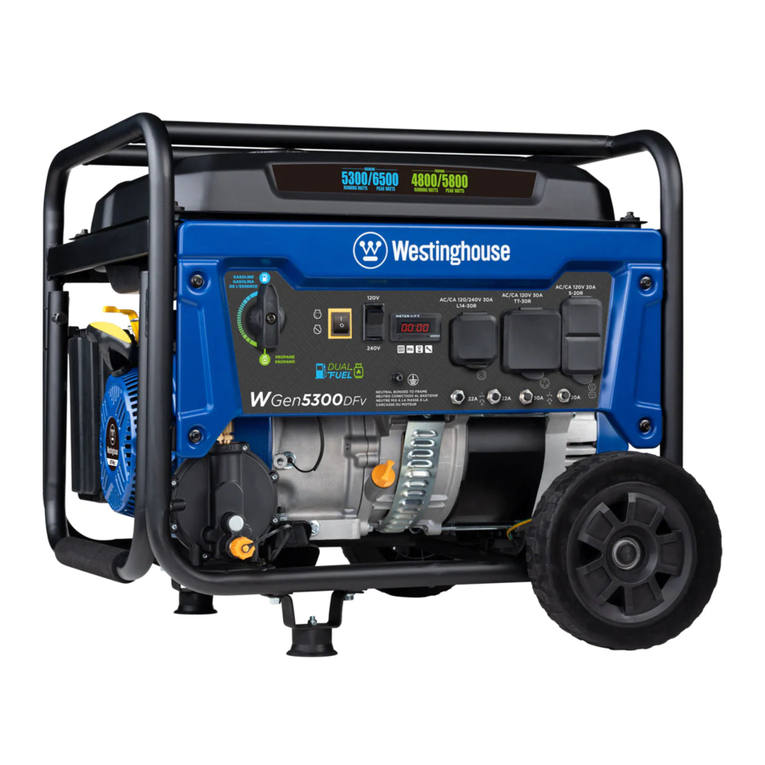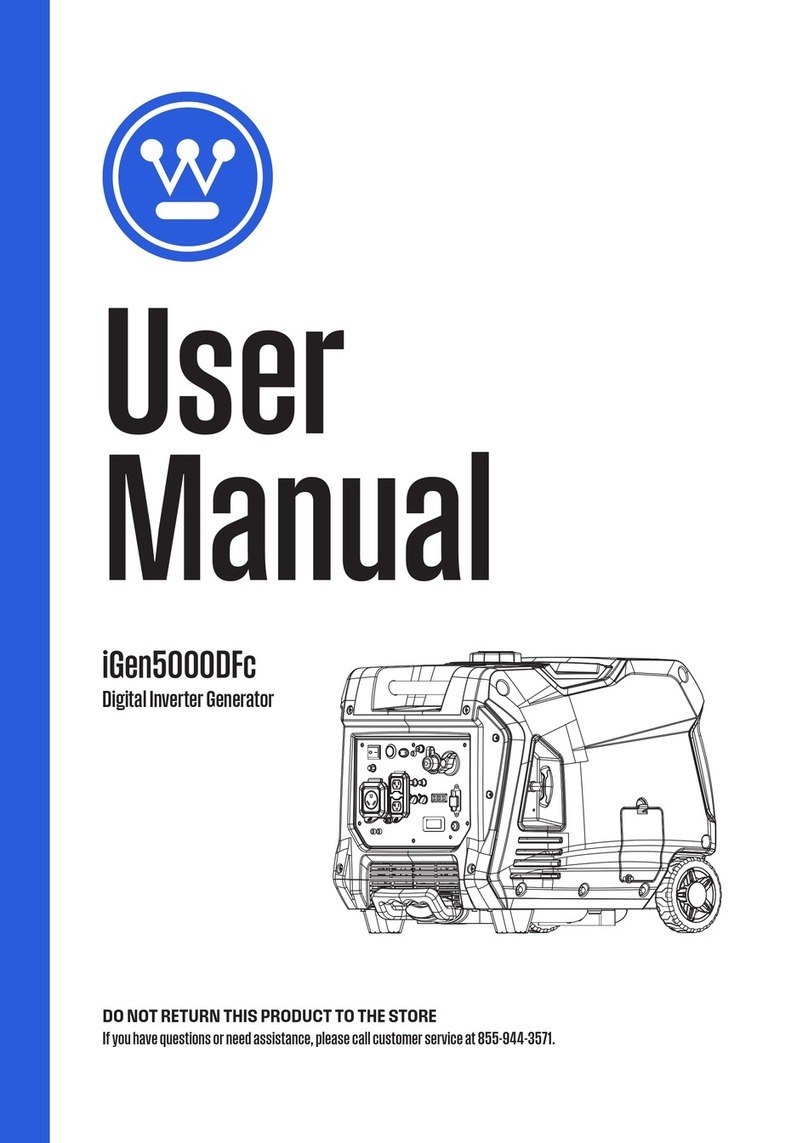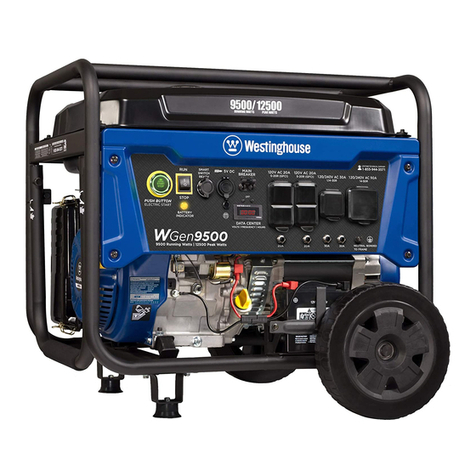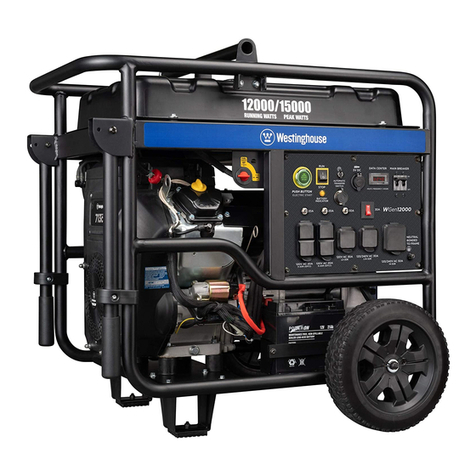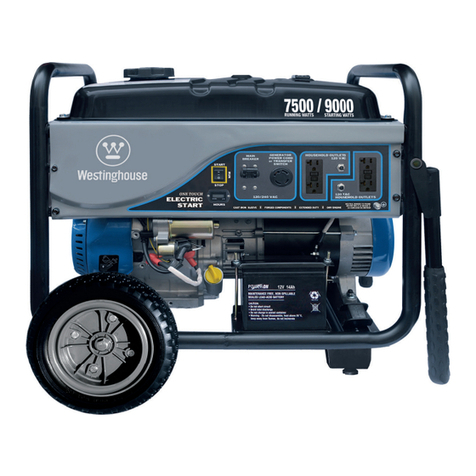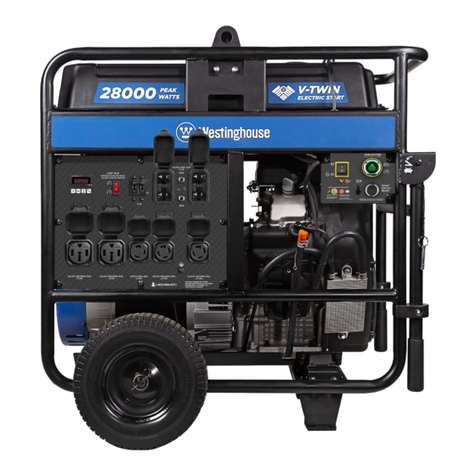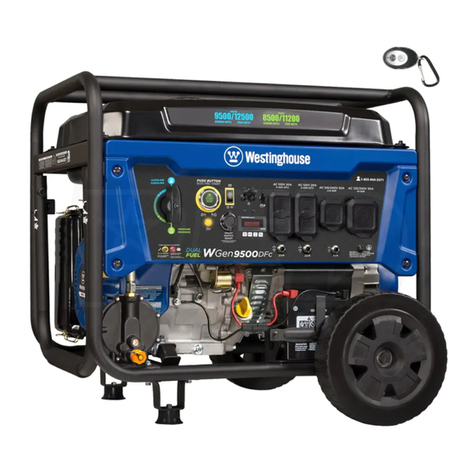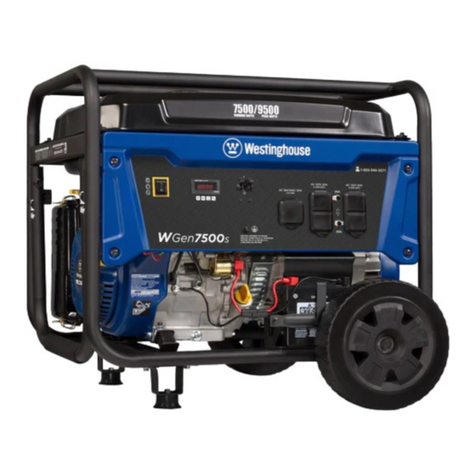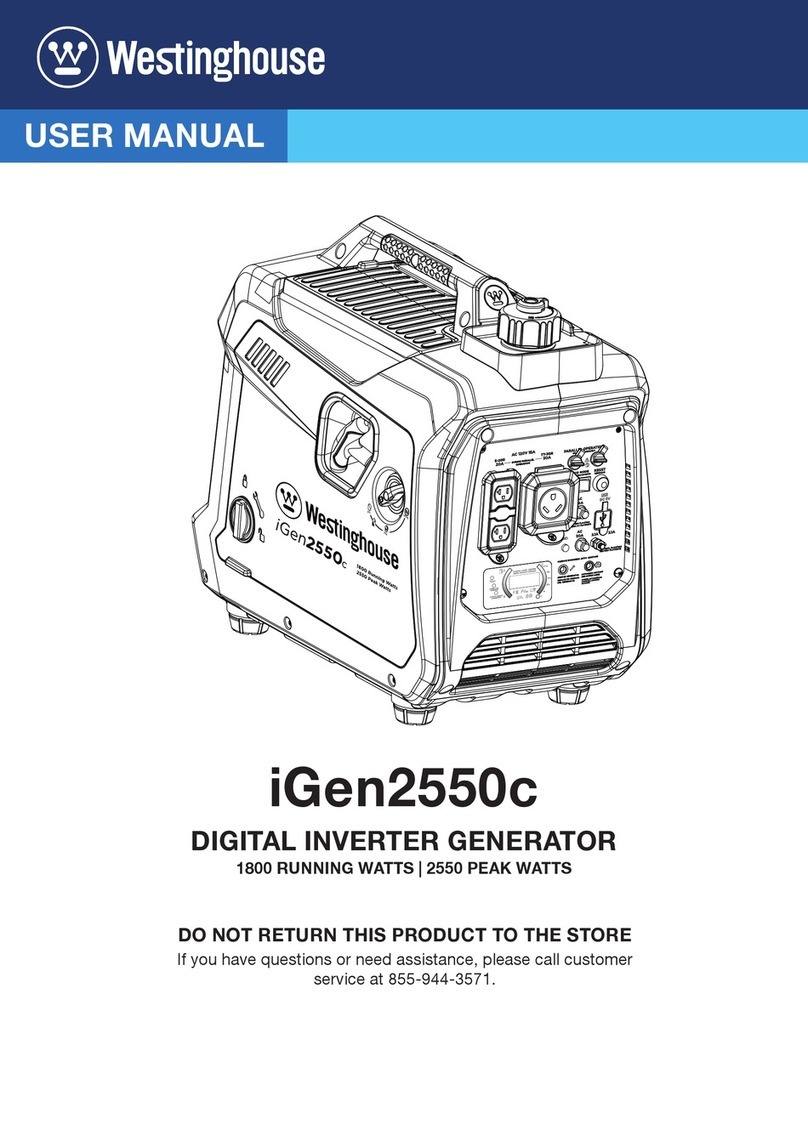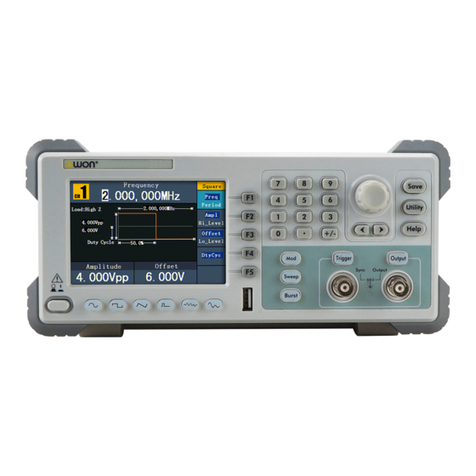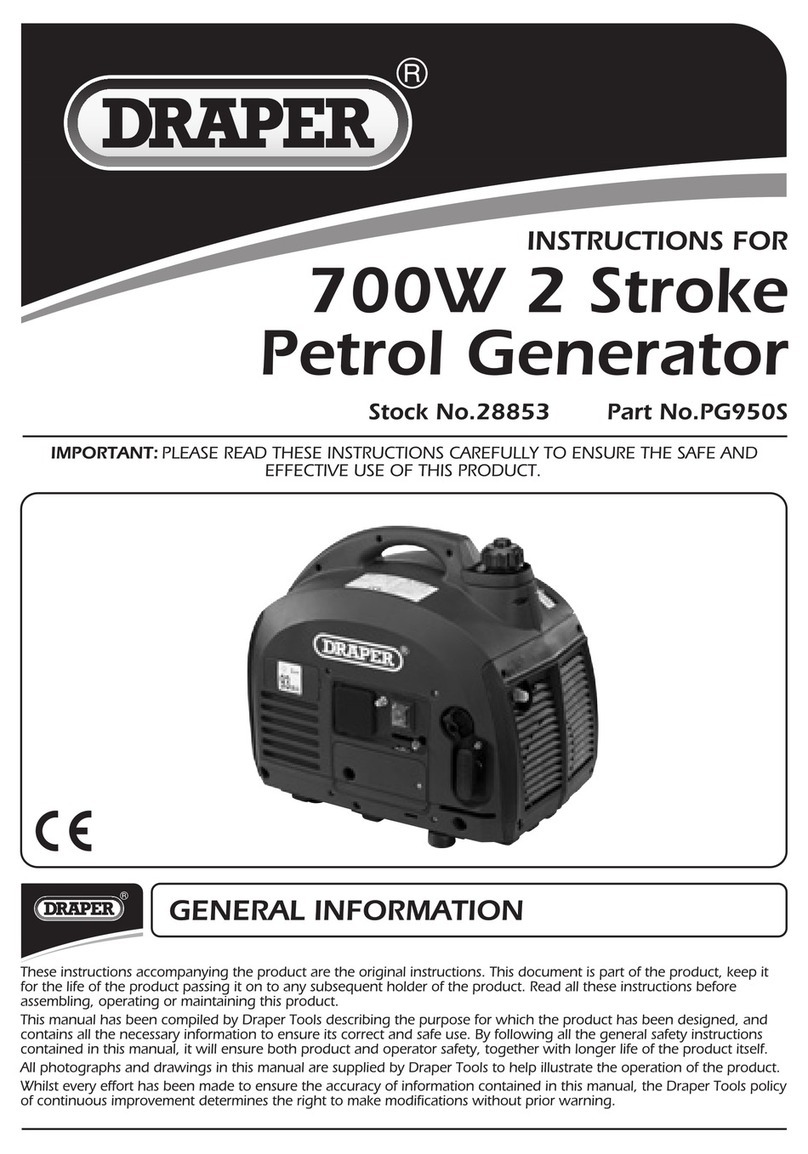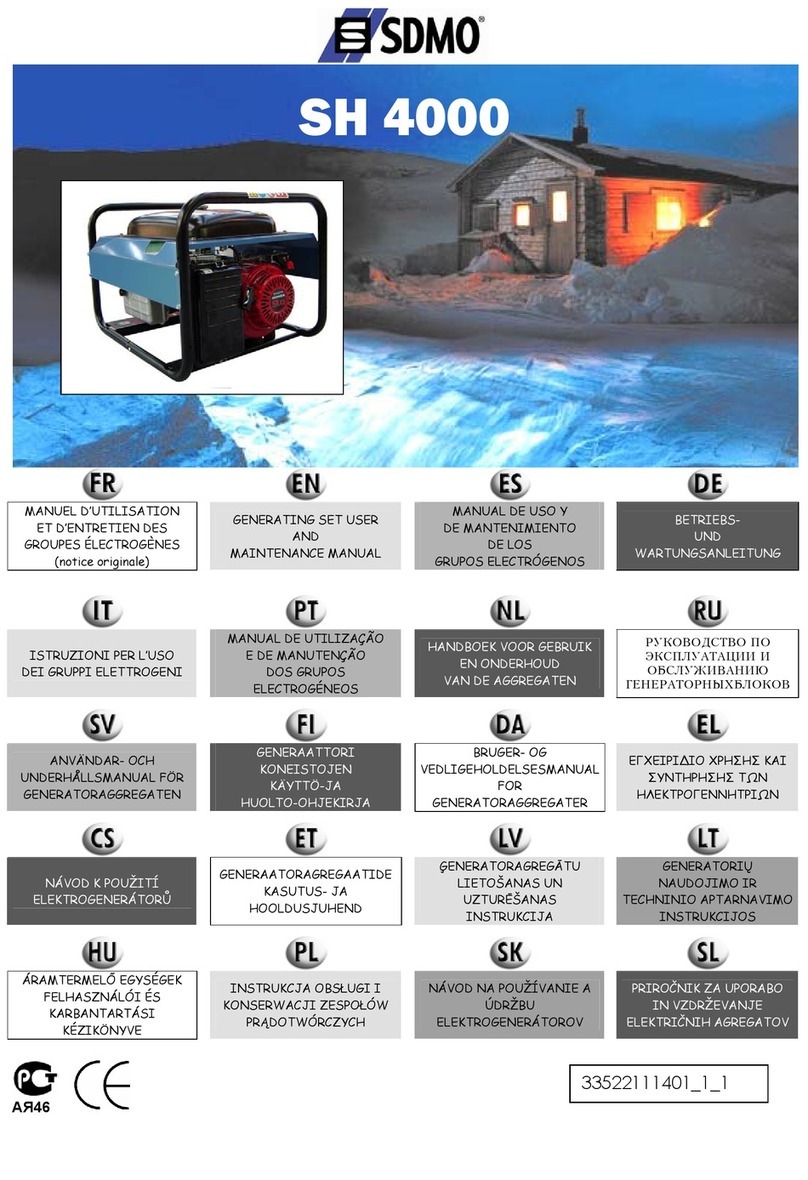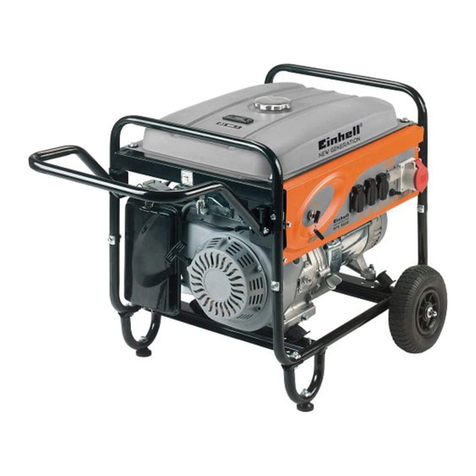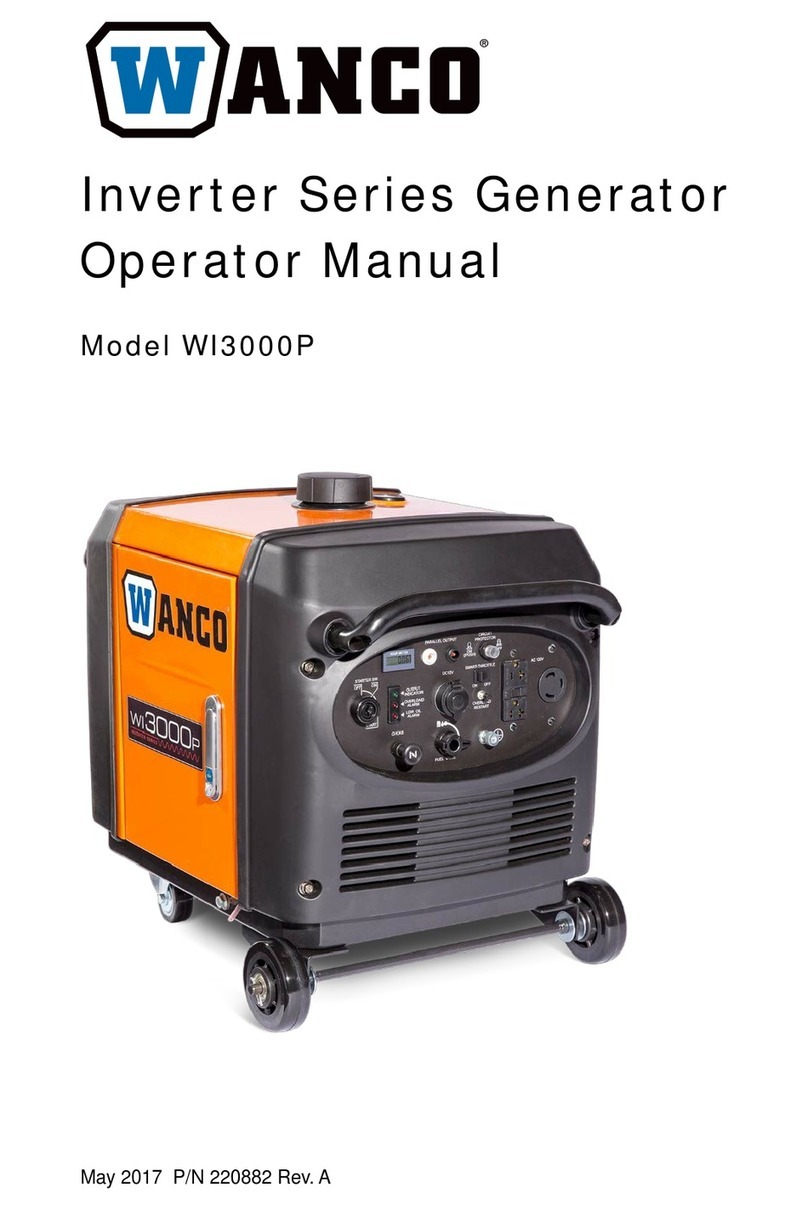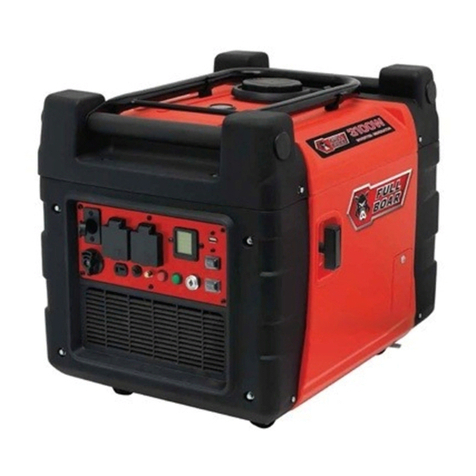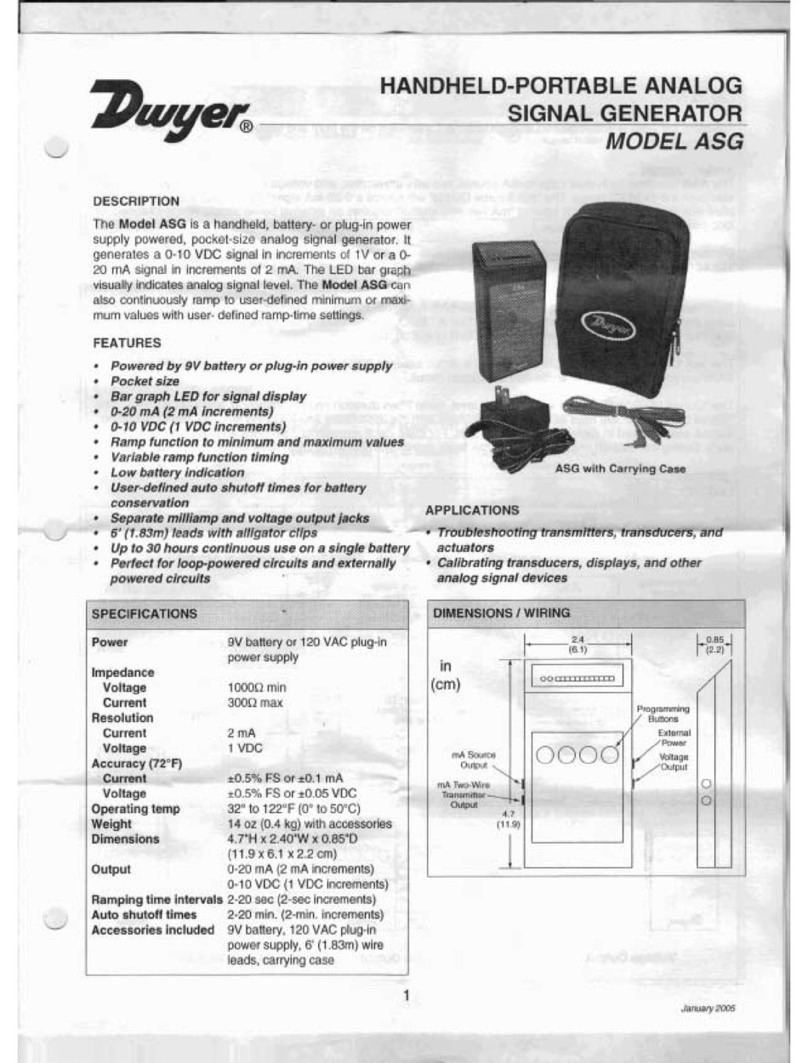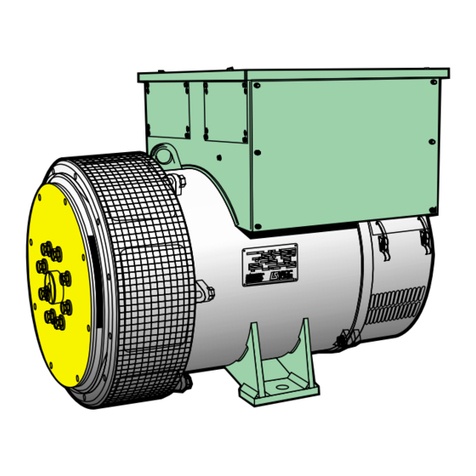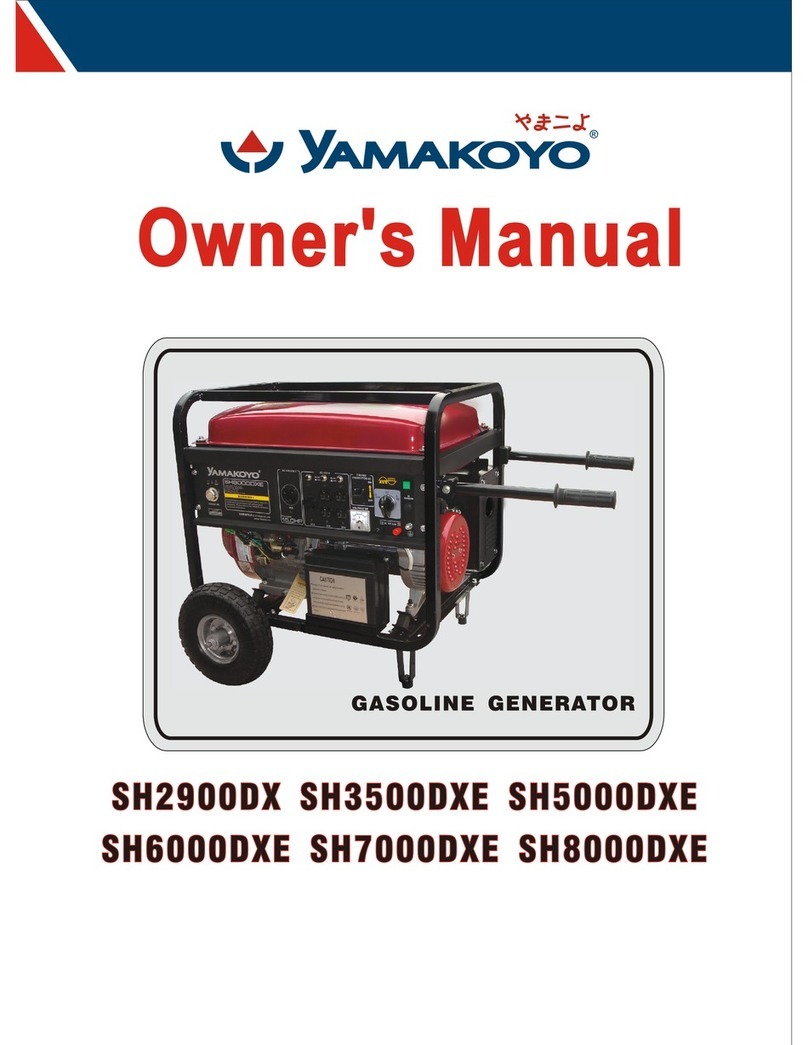
6 | English
SAFETY
NOTE: A transfer switch must be installed by a qualied
electrician in accordance with applicable electrical
codes. Some jurisdictions may require the installation
to be inspected by local authorities. Keep all relevant
installation, inspection, and maintenance information.
lNever use the generator to power medical support
equipment.
lNever expose the generator to rain, snow, water spray,
or standing water while in use. Store and operate the
unit in a dry or covered (but not enclosed) location.
lDo not let children or untrained individuals operate the
generator.
lKeep children, bystanders, and pets a minimum of 10 ft.
away from a running generator.
lMaintain Safe Distance. While operating and storing,
keep at least ve feet of clearance on all sides of the
generator, including overhead. Turn the unit off and
allow it to cool a minimum of 30 minutes before storage.
Heat created by the mufer and exhaust gases could
be hot enough to cause serious burns and/or ignite
combustible objects.
lDo not operate the unit in areas where combustible or
hazardous materials are stored including gasoline and
natural gas lling stations.
lDo not operate the generator while barefoot, with
wet hands or feet, while standing in water or in wet
conditions.
lDo not use this unit when you are tired or under the
inuence of drugs, alcohol, or medication.
lBurn Hazard. Do not touch hot surfaces.
lDo not contact the mufer or engine. They are very
HOT and will cause severe burns. Do not put body parts
or any ammable or combustible materials in the direct
path of the exhaust.
lKeep hands, ngers, feet, and other body parts away
from all moving parts of the generator.
lDo not connect worn or damaged electrical cords to the
generator. NEVER touch frayed or exposed wires.
lDo not operate the generator on an incline. The unit
should always be placed on a at stable surface.
lCheck the physical condition of the product prior to each
use. Look for loose bolts, uid leaks, and other signs
of wear. Replace all damaged items. For replacement
parts or assistance, contact our customer service team.
lFor optimal performance, use the generator in
temperatures between 23°F (-5
°C
) and 104°F
(40°C)
with a maximum relative humidity of 90%.
lBefore starting the generator, check all uids (oil and
gasoline).
lDo not remove the oil dipstick or fuel cap when the
generator is running.
lSecurely tighten the oil dipstick after adding oil and the
fuel cap after adding gasoline.
lAvoid skin contact with engine oil or gasoline. Wear
protective clothing and equipment. Wash all exposed
skin with soap and water. Prolonged skin contact with
gasoline or engine oil may cause severe skin irritation
and other adverse reactions.
lGenerator’s vibrate and bounce during normal
operation. Check the generator and all of the cords
connected to it for any damage that may have resulted
from the vibration. Replace or repair damaged items
as needed. Do not use the generator or any items that
show signs of damage.
lAll electrical tools and appliances operated from this
generator must be properly grounded by use of a third
wire or be double-insulated.
lBefore transporting the generator, disconnect the spark
plug boot, drain the fuel tank and properly restrain the
unit.
lFuel or oil may leak from the generator during transport.
Place a towel, plastic sheet, or absorbent pad beneath
the unit to protect your vehicle.
lTo prolong the life of this product, follow the instructions
in the Care and Maintenance section of this manual.
lReplace damaged or worn items with recommended
or equivalent replacement parts. Using an incorrect
or incompatible part might create a hazard that could
result in serious personal injury.
lAlways remove any tools or other service equipment
used during maintenance away from the generator
before operating.
GROUNDING
See Figure 3.
WARNING
Shock hazard. Failure to
properly ground the generator can result in electric
shock.
NOTICE
Only use grounded 3-prong
extension cords, tools, and appliances, or double-
insulated tools and appliances.

